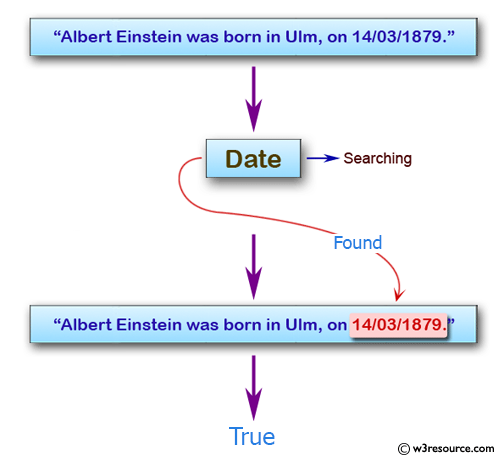
These examples work in typescript as typescript is a superset of javascript. String is an object that holds the sequence of characters enclosed in double-quotes.ĭate objects have default current date and time in typescript.

The date object holds different timezones - GMT and UTC.ĭate with default constructor returns current date-time.
#STRING TO DATE JAVASCRIPT DD MM YYYY ISO#
ISO format is of YYYY-MM-DDTHH:mm:SS and YYYY-MM-DD. If you want a timezone like UTC format, suffix z. String and date are objects in typescript which hold different values. Sometimes, want to manipulate dates and convert to/from different types.
#STRING TO DATE JAVASCRIPT DD MM YYYY HOW TO#
We have many ways to convert to String to date in typescript Using Date constructor How to Convert String to Date in typescript? We have a momentJS library to handle and manipulate Date objects using typescript and javascript. Pass string date value to Date constructor.Return date2.getTime() - date1.getTime() įor (let i = 0 i < 100000 i++) f(date1, date2) Īlert( 'Time of diffSubtract: ' + bench(diffSubtract) + 'ms' ) Īlert( 'Time of diffGetTime: ' + bench(diffGetTime) + 'ms' ) It is one of the simple and easy ways to convert to a Date object. Wow! Using getTime() is so much faster! That’s because there’s no type conversion, it is much easier for engines to optimize. Imagine that at the time of running bench(diffSubtract) CPU was doing something in parallel, and it was taking resources.

And by the time of running bench(diffGetTime) that work has finished.Ī pretty real scenario for a modern multi-process OS.Īs a result, the first benchmark will have less CPU resources than the second. That may lead to wrong results.įor more reliable benchmarking, the whole pack of benchmarks should be rerun multiple times. Modern JavaScript engines perform many optimizations. They may tweak results of “artificial tests” compared to “normal usage”, especially when we benchmark something very small, such as how an operator works, or a built-in function. So if you seriously want to understand performance, then please study how the JavaScript engine works. The great pack of articles about V8 can be found at.Īnd then you probably won’t need microbenchmarks at all. The string format should be: YYYY-MM-DDTHH:mm:ss.sssZ, where: The method Date.parse(str) can read a date from a string.YYYY-MM-DD – is the date: year-month-day.The character "T" is used as the delimiter.HH:mm:ss.sss – is the time: hours, minutes, seconds and milliseconds.The optional 'Z' part denotes the time zone in the format +-hh:mm.Shorter variants are also possible, like YYYY-MM-DD or YYYY-MM or even YYYY. The call to Date.parse(str) parses the string in the given format and returns the timestamp (number of milliseconds from UTC+0).Date and time in JavaScript are represented with the Date object.We can’t create “only date” or “only time”: Date objects always carry both.Months are counted from zero (yes, January is a zero month).Days of week in getDay() are also counted from zero (that’s Sunday).Date auto-corrects itself when out-of-range components are set.

Dates can be subtracted, giving their difference in milliseconds.Good for adding/subtracting days/months/hours.


 0 kommentar(er)
0 kommentar(er)
